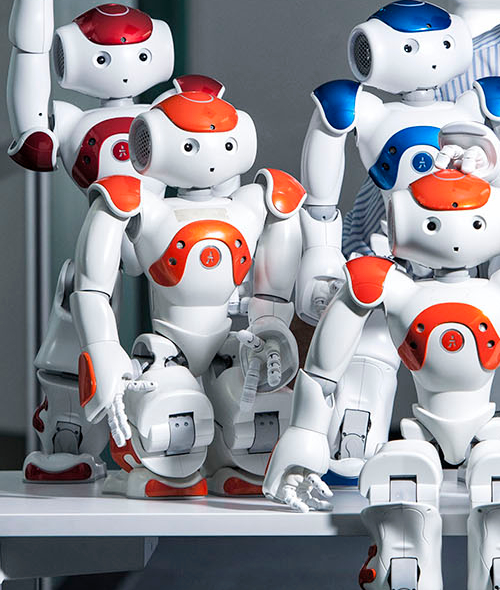Robo-vision jumbled
 Australian researchers have developed new technology that scrambles images fed to robots in a bid to enhance security.
Australian researchers have developed new technology that scrambles images fed to robots in a bid to enhance security.
The newly devised cameras process and jumble visual information before it reaches the digital encoding stage, rendering images anonymous and beyond human recognition.
This technology aims to protect privacy in environments where smart devices and cameras are omnipresent, addressing concerns about images and videos potentially being hacked or misused.
“Smart devices are changing the way we work and live our lives, but they shouldn’t compromise our privacy and become surveillance tools,” says Adam Taras, the researcher behind this innovation.
Taras says robotic devices do not require photographic-like vision to function effectively. Instead, they operate within a “very narrow scope” focused on specific visual signals necessary for completing their tasks.
Dr Don Dansereau, Taras’ supervisor, says the new approach goes “one level beyond to the electronics themselves, enabling a greater level of protection”, in contrast with previous practices that only obfuscated images within the camera's computer, leaving them vulnerable to attacks.
Despite attempts to hack into their system, the researchers reported that the images could not be reconstructed to any recognisable form.
They have thrown open this challenge to the wider research community, inviting attempts to breach their privacy-preserving method.
The technology not only safeguards against unauthorised access to images but also holds promise for broader applications in areas where privacy and security are paramount, such as hospitals, schools, and airports.
The next step for the team is the development of physical camera prototypes to demonstrate the practicality of their approach.
More details are accessible here.








 Print
Print